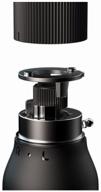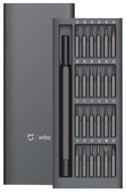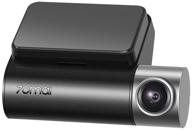
Review on HiLetgo Controller Regulator Recharge WithCables by Chad Cypert

No current regulation and melts with 10W solar panels
The part failed the first test. Set the CV/CC power supply to 12V/600mA to simulate my 10W solar panel in less sunlight (as it should be around 7.2W). When connecting the charge controller to an already installed battery, I connected it, the voltage dropped to 11.5 and the full 600mA was drawn. It was simulated that the battery to be charged "died" due to lack of sun, so that the cell voltage at the beginning of the charging process was about 2.5 V (the cells used are designed for discharging to this voltage). Assuming the controller is 85% efficient, the input power should result in a charge current of 2.18A, which is higher than the maximum current of 2A. In the first 30 minutes, the regulator settled there at 60 Degree heated where the inductor is, after another 30 minutes I observed smoke from that spot and the inductor soldered by its own heat and fell off the board. As far as I understand from the description, the controller limits the charging current to 2A, and installing a larger solar panel allows it to collect more current when it is not in full sun, and in full sun, the controller is not used 100% of the solar panel. In reality it looks like the device is using whatever it gets and there is no over current or over temperature protection in this module and if you give it enough time under too much current it will melt. The controller MUST connect the smaller panels (assuming 3 watts won't cause an error). If it were clear from the description I wouldn't complain, but nothing indicated that I needed to limit the input current in my circuit so that the resulting charge current wouldn't exceed 2A.
- This MPPT solar charger gives you the ability to get the most power out of your solar panel or other PV device and in a rechargeable LiPo battery.
- No automatic
New products
Comments (0)
Top products in 🔋 Jump Starters, Battery Chargers & Portable Power
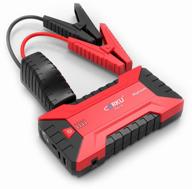
CARKU Pro-10 black/red

91 Review
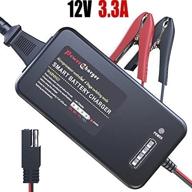
Efficient Charging With LST 7 Stages 5A Battery Charger - 3.3A 12V For Ultimate Performance

35 Review
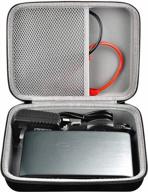
Case Compatible With Halo Bolt Portable Car Battery Jump Starter 58830/44400/57720 MWh Charger. Power Bank Holder For Halo Power Station 100/For AC Outlet.(Not Fits For Halo Bolt Air, Box Only)

24 Review
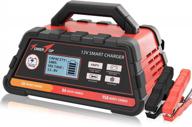
Keep Your Battery Fully Charged With A Smart 12V Charger/Maintainer Featuring Winter Mode

28 Review


